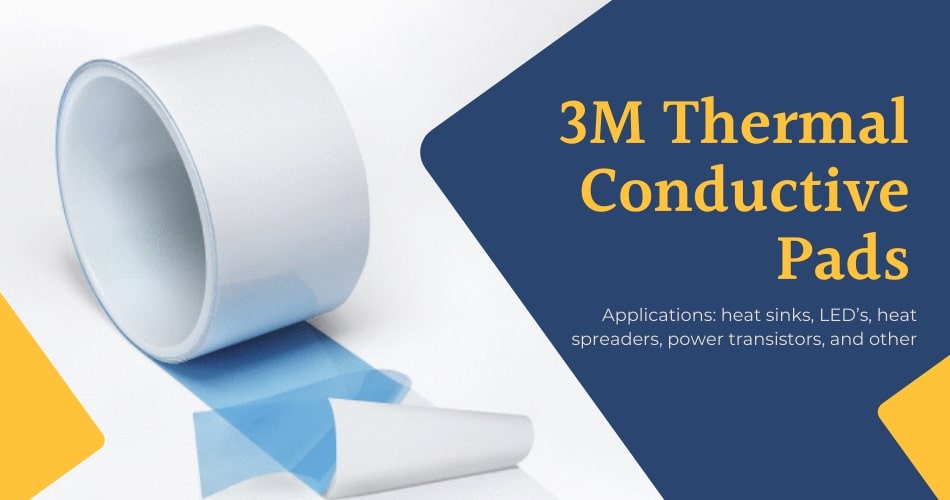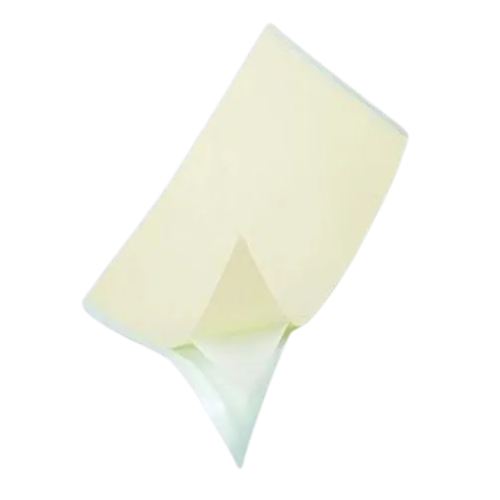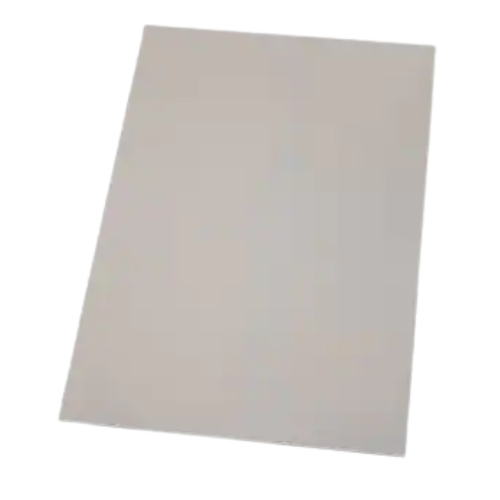In computing and physics, thermally conductive pads are pre-formed rectangles of solid material usually found on the undersurface of heatsinks to help the conduction of heat far from the part being cooled and into the heatsink. The thermal conductive pad is plenty easier to put in than thermal paste. Sadly, they don’t seem to be as effective as a thin layer of paste. Some stock processor coolers go with pads, as a result, they are nice and clean, and they’ll work fine if you dismount the heatsink, replace the thermal pad, and clean all junk.
Its Applications
With shock moistening abilities, Thermal conductive Pads are suggested for applications that need a minimum quantity of pressure between parts.
For applications that don’t enable silicone, like silicone-sensitive optic components and automotive lighting, thermal conductive Pad materials are accessible during a silicone-free formulation.
The broad Gap Pad family provides sufficient thermal interface between heat sinks and electronic devices wherever textures are present, and also the Gap Pad thermal conductivity range is in-depth.
Best Offer Available
Advantages of Thermal conductive Pad
- No Mess – Applying thermal paste is an untidy method.
- Fills larger Gaps – Thermal Pads are available up to.
- Easier Installation – Thermal Pads can be custom die-cut to the precise specification of the part for an ideal match, every time.
- Conformity – Thermal Pads change exactly despite the surface to make sure no air is allowed to go through.
- 3M Thermal conductive Pad Replacement of Bergquist GAP PAD 1500S30
Properties of Thermal conductive Pad
Thermal pads are comparatively firm at room temperature, however become soft and are able to fill gaps at higher temperatures. It’s an alternative to thermal paste to be used as thermal interface material.



